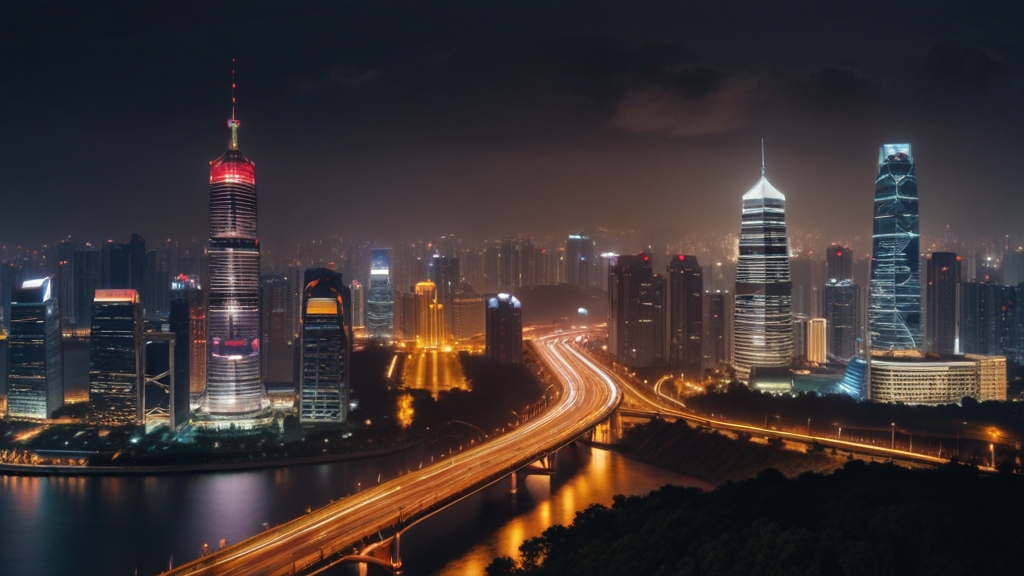
Chinese AI regulations provide for more leniency as compared to the extremely restrictive regulatory frameworks that are also used to apply to other technology industries. This strategic choice, believed by experts, is said to be deployed for growth advancement as well as to sustain technological domination.
Angela Huyue Zhang, a law professor at Hong Kong University and author of “High Wire: How China Regulates Big Tech and Governs Its Economy,” describes a recurring three-phase pattern in China’s tech regulation. Initially, there is a period of regulatory leniency allowing companies substantial freedom to expand and innovate. This is often followed by a sudden crackdown, as seen with major tech firms like Alibaba and Tencent, where previous actions such as mergers and acquisitions come under severe scrutiny, sometimes resulting in substantial fines. The cycle typically concludes with a relaxation of restrictions, aiming for a stabilized regulatory environment.
For instance, the crackdown on Alibaba in 2020 culminated in a $2.8 billion fine for antitrust violations, a stark pivot from the prior laissez-faire attitude that permitted the company to grow significantly.
AI’s special status in China’s tech policy
Currently, AI enjoys a somewhat privileged position in China’s tech policy landscape. This sector is perceived as pivotal to achieving China’s ambitions for technological supremacy and economic self-sufficiency. Zhang notes that AI’s strategic importance has led to a more hands-off regulatory approach, reminiscent of the early expansion phases observed in other tech sectors.
This approach is evident at China’s annual parliamentary meeting, where AI was highlighted as a “new quality productive force” essential for countering economic slowdowns. The government’s involvement spans multiple roles including policymaker, incubator, and investor, ensuring substantial state support for AI initiatives.
Despite recent stringent measures on content control and user data, broader AI regulations remain vague, focusing mainly on preventing political dissent rather than addressing potential harms such as violations of human rights. This has allowed AI companies significant room to maneuver, innovate, and grow without the imminent threat of regulatory clampdowns.
The future of AI regulation in china
While the current climate favors AI development, the possibility of a sudden regulatory shift looms, potentially triggered by a significant misuse of AI technology that threatens public order or social stability. Such an event could prompt a swift and severe response from the government, altering the regulatory landscape overnight.
Zhang predicts that unless a major controversy arises, the Chinese government is unlikely to initiate rigorous investigations into leading AI companies like Baidu or ByteDance. This stance underscores a broader strategy of prioritizing growth and innovation in the AI sector while maintaining a watchful eye for any developments that might necessitate a stricter regulatory approach.
China’s management of AI regulation exemplifies its broader tech policy strategy: promote rapid growth and global leadership in key technological domains while retaining the capacity to enforce strict control when deemed necessary. This delicate balance seeks to harness the benefits of AI for national development while safeguarding against potential risks and instabilities.
This article originally appeared in Technologyreview.com
